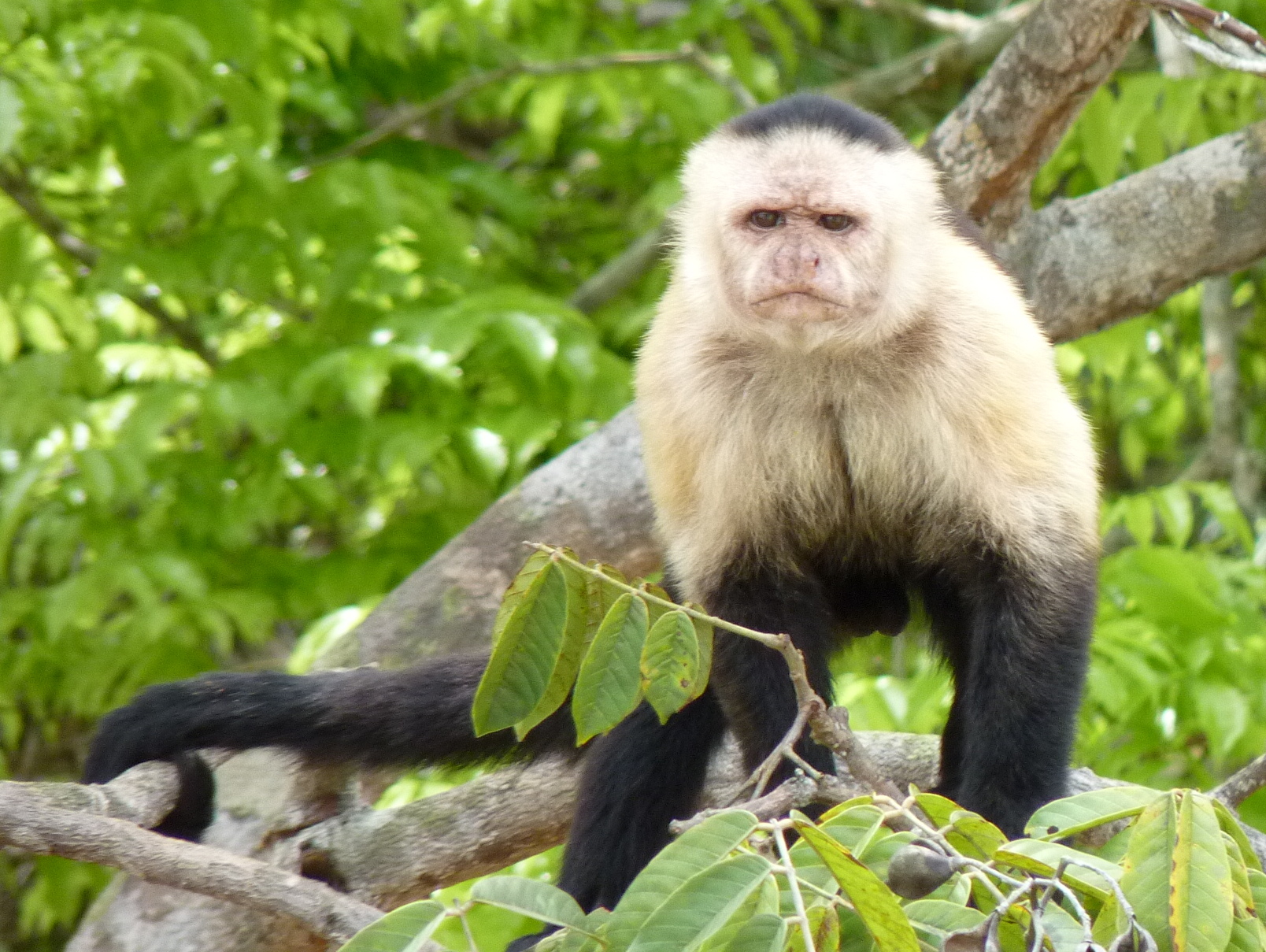Camera Traps: A Look Into the Secret Lives of Panama's Wildlife

Through camera traps (otherwise known as trail cams), researcher Carolina Miter tries to understand the populations of terrestrial and arboreal vertebrates in Cerro Chucantí, Panama.

The jaguarundi is often found near rivers and bodies of water.
In the depths of the forests, a diversity of species hide their unique secrets. Discovering them is a challenge, which is simplified by technology. With the help of camera traps, scientists have almost permanent access to evasive species. Researchers lead projects to understand the status of the populations of terrestrial and arboreal vertebrates through the use of camera traps in the private nature reserve of Cerro Chucantí, located on the border between Panama and Darién.

“Camera traps can help us cover part of the human work. We cannot spend 24 hours a day trying to capture photos of mammals, so cameras do that work for us,” Miter says. This method is non-invasive, the disturbance is minimal to none and allows the animals to be observed in situ. Miter emphasizes that through these tools you can see natural behaviors that could never be known any other way.

A peccary trips the trail cam.
The project, financed by Senacyt, lasts 24 months and the field season extends for 12 months to observe animal behavior in both the dry and rainy seasons. Knowing the status of the populations of these animals will serve to implement more effective action plans for these species and could become a reference to replicate in other sites. To date 94 species of vertebrates have been identified, achieving more than 3,000 photos in more than 35 locations in the reserve. The most abundant vertebrates in the forest canopy include the Darien black spider monkey, the white-faced capuchin, and the howler monkey. Regarding terrestrial animals, agouties, turkeys and crab-eating foxes have been recorded.

The jaguar seeks a drink in the dead of night.
The work is long, hard and tiresome and emotions are high. Waiting so long to see what mysteries these forest tenants hide makes the heart race. “It’s a surprise when we go to check the cameras after three months and see the photos, the selfies and the pumas trying to bite the camera.

The white-face capuchin is very curious and playful.
Keeping camera traps in good condition is also a challenge, especially in humid areas of the reserve, where they are more susceptible to deterioration.





